Yunnan's roughest route boasts heavenly landscape
June signals the best month for self-driving tour along the Bingchacha route.
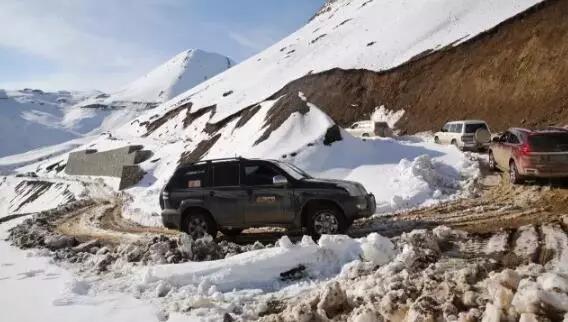
Though the route is sometimes disrupted by gravels or lingering snowfall, the elements can hardly stop the steps of nature lovers and the adventurous.

Here are some remarks by Chinese bloggers:
“Along Bingchacha route, the body falls into hell, but the eyes are in heaven.”
“Tread the toughest route, and you’ll see beautiful landscape.”

The Bingchacha route refers to a very tough road section that starts in Bingzhongluo in Yunnan, winds through the Cawarong township and reaches Zayu County in Tibet.
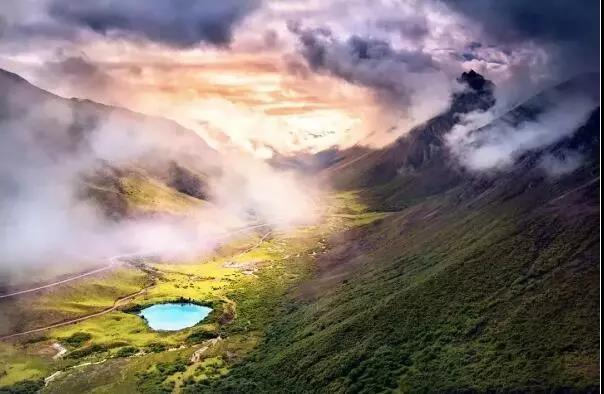
The travel route runs through much higher and steeper terrains, forming a sharp contrast with the traditional 318 highway to Tibet. However, the sites along the route are absolutely superb. Believe it or not, take a look!
Bingzhongluo

Most of those who have been to Bingzhongluo deem it the place where God is living in harmony with Man, while some also call it the Garden of Eden left on the earth by God.
Wuli Village

Because of perennial dense fog here, the Wuli (five-mile) village is also known as the village in fog. Facing the Nu River and surrounded by mountains in other directions, the village features a hermit-like lifestyle, which was recorded in Delamu, an award winning documentary directed by famed Chinese filmmaker, Tian Zhuangzhuang.
Qiunatong

As the last village at the northern end of the Nu River Grand Canyon, the Qiunatong represents the essence of the natural scenery. The village features virgin forest of high density and the waterfalls in abundance.
Laigu Village
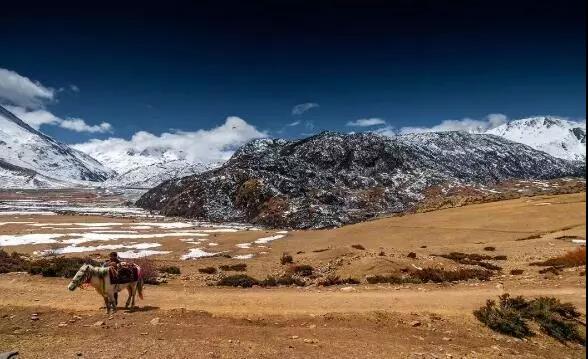
Sitting among the snow-capped mountains, Laigu Village is surrounded by six glaciers and adjacent to the Rakwa Tso, dubbed as the "abode of immortals in southwest China". Laigu is lauded as the most beautiful village in Chinese National Geographic.
Rakwa Tso

In the Tibetan language, Ranwu means a goat-milky lake. In the north of the lake stands the Laigu glacier, which stretches down to the lakeside.
Nyang River
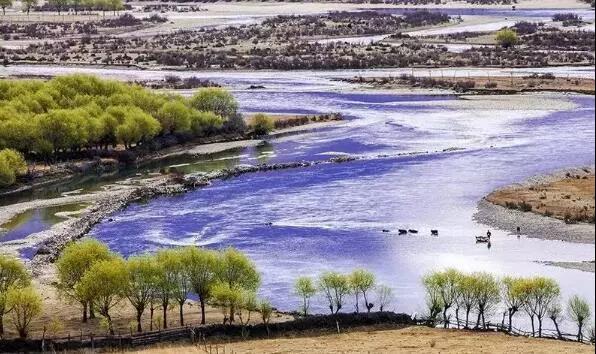
A tributary of the Yarlung Zangbo, the river winds its way through the Tibetan plateau, forming an eye-catching landscape. Herds of cattle and sheep live on lush vegetations along the river. What a pastoral sight!
Lulang Town
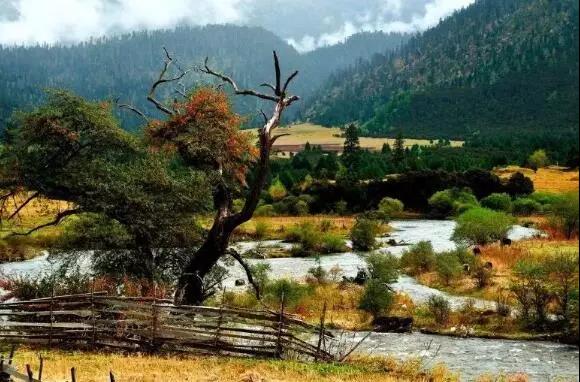
The Lulang town looks like a fairyland, called by some as a place for the immortals. Here, the lush, verdant woods cover the valleys and the peaks alike, giving off rich fresh air.
Biluo Snow Mountain

Trodden by a small number of tourists, Biluo is not so famous, but it is snowcapped all year round. Seen in distance, the mountain is beautiful, like holy dragon roaming in the clouds.
Meili Snow Mountain
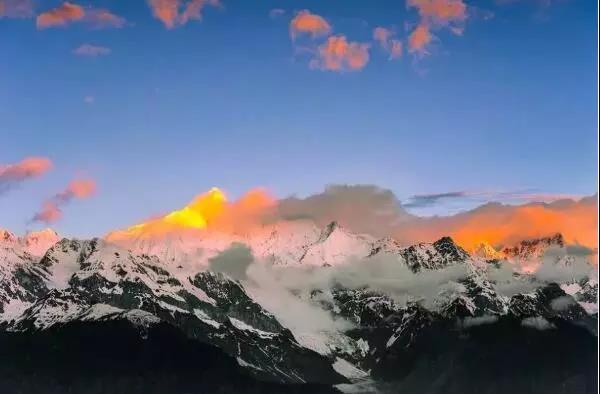
The Meili mountain is a must-see sight on the Yunnan-Tibetan tourist route. Its superb scene of "the golden sunrise" is dreamed of by many.
Yamdrok Lake
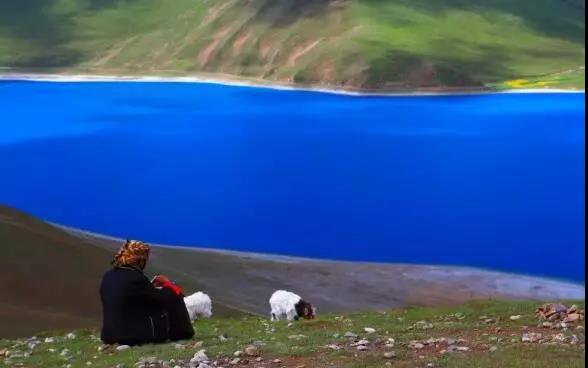
Yamdrok Lake is one of the three largest sacred lakes in Tibet, the other two being Namtso and Mapam Yumtso. All presents best tranquil sights in summer.
The Bingchacha road makes a Yunnan-Tibet tourist route that deserves your exploration.
Text by Zhu Dongran and Wang Shixue; Online photos
Click here for a bilingual version of the report.